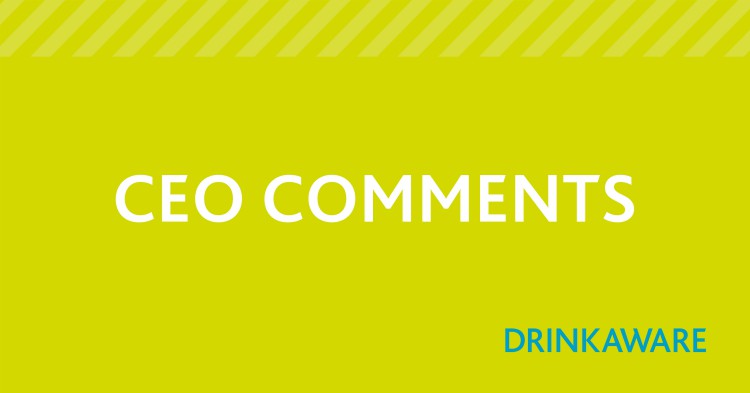At our recent annual Stakeholder Day we asked the question: How do you sustain a movement for change? Initiating change is difficult in itself, but securing and building sustainable momentum, is a whole other additional challenge.
Our 2019 Day followed this theme of inspiring and delivering change, with a broad range of stakeholders – NGOs, communicators, partners, health and wellness specialists, funders – in attendance. So we put the question to a panel of experienced change-makers, and the result was an inspiring discussion from which I’ve gleaned five potential critical success factors. They’re not the panacea to sustainable change – as Marie Keating Foundation CEO Liz Yeates said, “There is no silver bullet” – but these are certainly good guiding principles worth building into any change strategies and planning processes:
CHANGE IS A JOURNEY
Along that journey, it’s helpful to find some space, some middle and ideally some common ground. Inevitably on any journey that involves radical and especially social and cultural change, you will meet people who disagree with you, some vociferously. It’s important therefore to know your audience, and to actively seek out shared values and common language, where possible. And for the extreme opposition, if there aren’t some commonalities to leverage, then non-engagement may be the best option.
TONE SPEAKS VOLUMES
The best way to bring people with you, is to make them feel good (not bad). Fear can motivate but it can also alienate. Campaigns need to be accessible. How you frame the change is critical, but it’s essential not to actually be critical. The premise of self-efficacy, which we talk about a lot in Drinkaware, relates to this. Change needs to feel relevant, and viable. As Adam Harris, CEO of AsIAm noted, do challenge the behaviour but don’t threaten, and as all panellists agreed, “Don’t preach!” Marie Keating Foundation’s current Your Health Your Choice campaign is a good example of a non-dictatorial inclusive tone.
BUILD MOMENTUM
If it’s to be sustainable it needs critical mass and that doesn’t happen overnight. ForaChange’s Craig Dwyer advised to “celebrate the small wins” and the mindset of starting small and working your way up resonated with all. Collaborate and “share the evidence to amplify” the momentum was Yeates’ advice which also sits well against Dwyer’s reminder that a “little knowledge is a dangerous thing”. Evidence and facts need to be the bedrock of communication around change because in their absence conjecture can prevail.
TELL STORIES
But also listen, actively, a point well illustrated by school principal Dr. Treasa Leahy. We all like and need to be heard and stakeholders’ views are relevant to shape accessible campaigns that will resonate. The panel agreed with Harris’ point that awareness is not the same as understanding. Yeates’ experience of people’s appreciation of cancer and lifestyle choices, particularly regarding alcohol, reflected this. To embed knowledge it needs to be brought to life. The stories we tell ourselves and the ones we tell about ourselves can achieve this.
START YOUNG
As an educator, Dr. Leahy is at the coalface of change and she reminded us all that the young are fearless, questioning and willing to embrace change. We need to start with them. It’s why we look changing the stereotype and the social acceptance of excessive drinking in Ireland, so there’s a different norm available to our young people both now and in the future.
Closing the discussion I asked the rather philosophical question – At what point is the change sufficiently sustainable to become the norm? Whilst indicating how nuanced the answer is, all agreed that there’s no room for complacency. Much as we might like to, it is not possible to dictate change. But it can be facilitated, encouraged and enabled.
For us at Drinkaware, having engaged conversations, like those at our Stakeholder Day, can help build a new narrative. As for the new norm, that’s when we’ve mainstreamed widespread knowledge of what a standard drink is and what the low risk guidelines are. And when everyone can comfortably and without compunction or fear, choose to stay within them or abstain. And most importantly, when the age of the first drink, if indeed a drink is taken at all, is well above the current 15 years.
Ending on a positive, the overriding sentiment from the panel was that meaningful change is inevitably challenging, but that doesn’t mean it’s not possible.
Sincere thanks to our panel:
- Craig Dwyer, ForaChange
- Adam Harris, AsIAm
- Dr. Treasa Leahy, Mercy Secondary School
- Liz Yeates, Marie Keating Foundation


